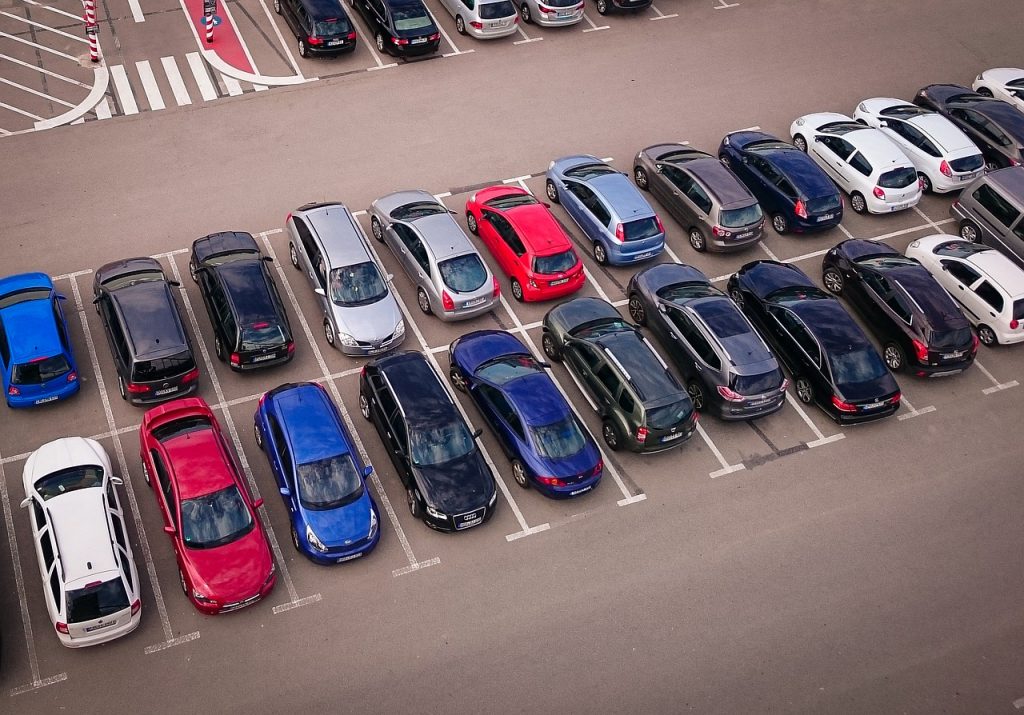A Major Car Company Is Going Bankrupt?
This article is more than 2 years old

A few years back, while driving down a highway in my city, I saw something strange. It was a seven-story glass building that looked like a mini parking garage that had only cars on every floor; this was my first exposure to a Carvana vending machine location. A decade later, this used car company that burst on the scene making brash predictions about how it would revolutionize the used car industry is staring down potential insolvency.
In business, we love to see companies that have the courage to dream big and try to change the status quo. However, the caveat is that they live up to the hype and execute the deliverables they so loudly forecasted during their introduction to the world. Carvana’s concept was brash and intriguing, as they looked to remake the used car industry’s image that had been stereotypically represented by the shady salesman trying to pull a bad deal over on you.
Used car buying is and has been one of the most stressful situations for anyone to deal with and there are a few commonalities about the spot in life that the buyer is in at that point of their life. Usually, they are short on funds and can’t be approved for new car financing due to their credit scores and their current vehicle being on its last legs. They find themselves perusing a side lot with extremely poor lighting and endless rows of vehicles that their original owners gave up on.
Carvana looked to change this experience for consumers that are in that market looking for a vehicle that will help them weather that time in their lives. It was the perfect time in history to revolutionize the used car industry due to the lowest interest rates the economy has seen in over half a century, making car loans more affordable than ever. Carvana’s strategy was to build a massive inventory base and utilize the unique location structures to make it as simple as possible for the consumer to browse the used cars online and pick them up at a local vending machine structure.
Sounds terrific in concept but Carvana made a fatal business error in that they built all this infrastructure for a much higher sales volume than they were able to achieve. This has them currently in a cash-poor situation. The company’s current on-hand cash is sitting at a measly $316 million. That coupled with the fact that during the first nine months of this year they reported losses of $1.5 billion, puts them in a precarious position.
According to CNN Business, “Used car prices have been falling from record highs in recent months as higher interest rates have made used cars unaffordable for many potential buyers. Carvana (CVNA), a relatively new player in the used car field, has lost money most quarters since it went public in 2017 as it aimed for sales growth rather than short-term profitability.” This is a big problem for the prospects of Carvana being able to recover from this predicament. Because the quickest way to solve a business cash shortage is to cut expenses and increase revenue, but when the revenue well has run dry, that eliminates that possibility.
That has left Carvana’s stock price plummeting down the charts and they recently announced they were cutting 1,500 jobs, which doesn’t breed investor confidence. The major holders of Carvana’s debt have entered into a cooperation agreement to give them more leverage in negotiations if the company files for bankruptcy. Analysts have cut the company’s stock forecasts from $9 a share down to $1 a share which is a sign that the experts believe there is a high probability that they could become insolvent.
Carvana certainly had big dreams and a unique concept that caught the eye of the industry and investors. If their business acumen matched their idealistic imagination, then this could have turned out much differently. We don’t know yet how this story is going to end but the writing on the wall indicates that the fatal fall might be just around the corner.




